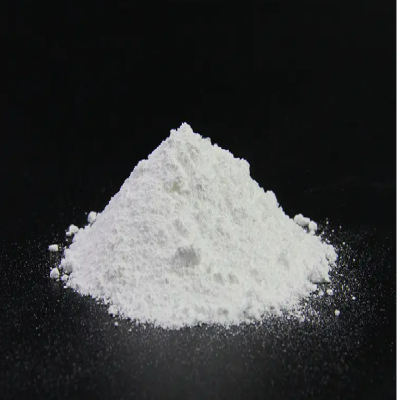Emerging markets hold significant strategic importance for chemical manufacturing companies, presenting both opportunities and challenges. Here is a detailed analysis:
Opportunities
- Increased Demand
The rapid development of infrastructure, automotive manufacturing, and electronics industries in emerging markets drives a growing demand for both basic chemicals and high-performance materials. For example, the expansion of the new energy vehicle market has led to a continuous increase in the demand for lithium battery materials. - Market Expansion
The economic growth and industrialization in emerging markets offer vast market space for chemical manufacturing companies. China, for instance, has leveraged its supply chain stability and cost advantages to take on the transfer of mid-to-high-end manufacturing, including in specialty chemicals and lithium battery materials. - Innovation Needs
Emerging markets are increasingly demanding high-performance, environmentally friendly, and sustainable chemicals, which encourages chemical manufacturing companies to increase R&D investments to develop new products and technologies. For example, synthetic biology has significant potential for applications in energy, chemical industries, food, beauty care, and healthcare. - Export Growth
The growing demand for chemical products in emerging markets provides opportunities for export growth. Traditional chemical products will rely on emerging markets and re-export trade to maintain market share. - Industry Upgrading
The industrial upgrading and transformation in emerging markets offer chemical manufacturing companies the opportunity to participate in local industrial development. For example, China’s “dual carbon” goals are driving the chemical industry to transition towards greener, more efficient, and intelligent production.
Challenges
- Intensified Competition
The economic growth in emerging markets attracts more players, leading to intensified competition. Chemical manufacturing companies need to enhance their competitiveness in terms of product quality, price, and service. - Environmental Pressure
Emerging markets are increasingly focusing on environmental protection, and chemical manufacturing companies need to comply with stricter environmental regulations. For example, in China, the “green development” strategy requires chemical enterprises to shift towards more sustainable production methods. - Technology Gap
Emerging markets may have relatively weaker capabilities in some high-end chemicals and key areas. Chemical manufacturing companies need to increase technology transfer and localized R&D efforts. - Supply Chain Risks
The supply chain systems in emerging markets may not be fully developed, and chemical manufacturing companies need to strengthen supply chain management to ensure the stable supply of raw materials. - Policy Uncertainty
The policy and regulatory environment in emerging markets may be less stable. Chemical manufacturing companies need to closely monitor policy changes and adjust their business strategies accordingly.
Strategies for Addressing Challenges
- Technological Innovation
Increase R&D investment to develop high-performance, environmentally friendly, and sustainable chemicals that meet the needs of emerging markets. - Market Diversification
Expand into emerging markets and optimize market layout to reduce dependence on a single market. - Localized Production
Establish production bases in emerging markets to achieve localized production, reducing transportation costs and improving market responsiveness. - Partnerships and Alliances
Form collaborations with local companies and research institutions in emerging markets to jointly conduct R&D, production, and market promotion. - Green Transition
Actively adopt green production technologies and processes to reduce environmental pollution and enhance corporate social responsibility.
In summary, emerging markets offer substantial opportunities for chemical manufacturing companies but also pose numerous challenges. Companies need to leverage their strengths and actively address challenges to achieve sustainable development in these markets.

